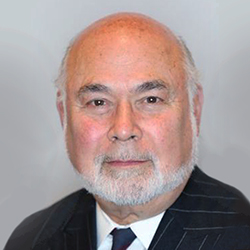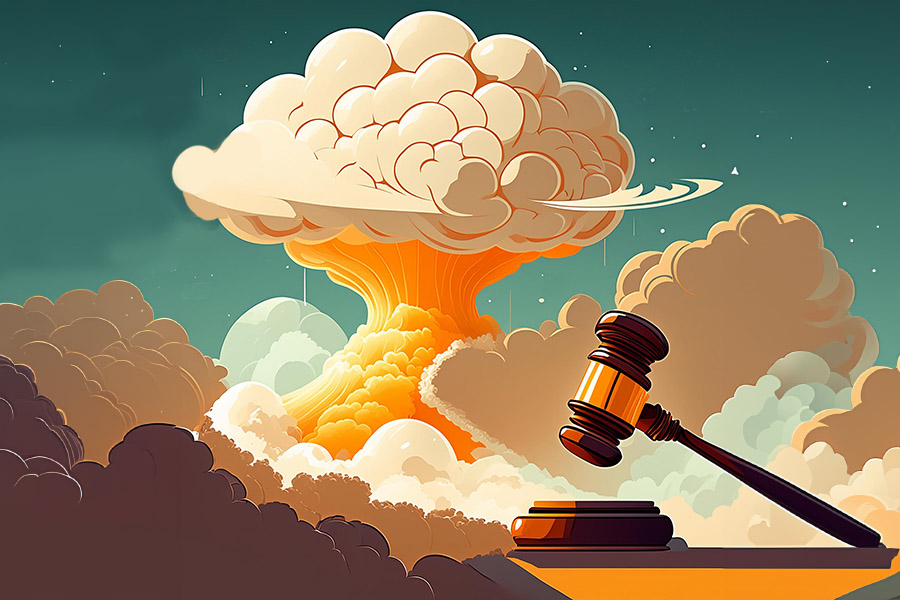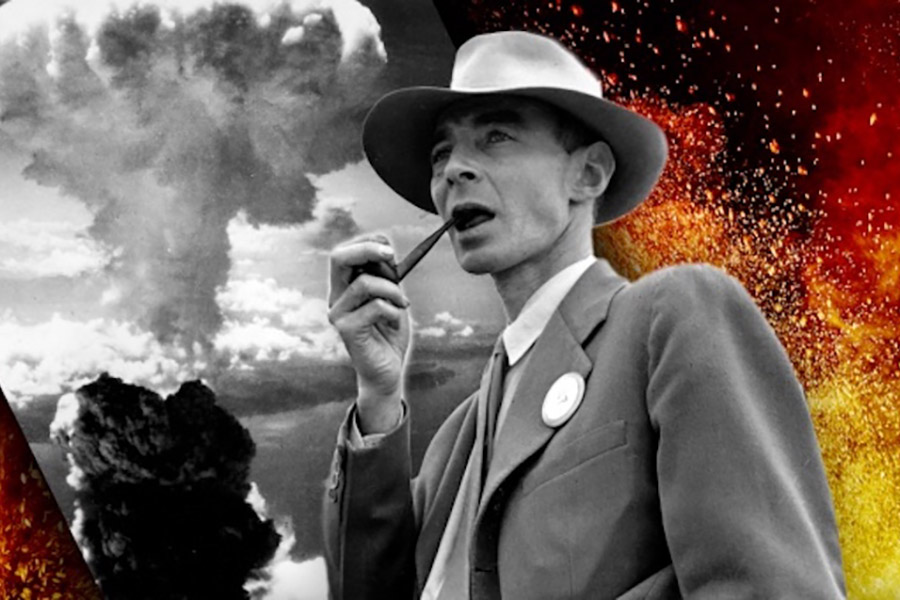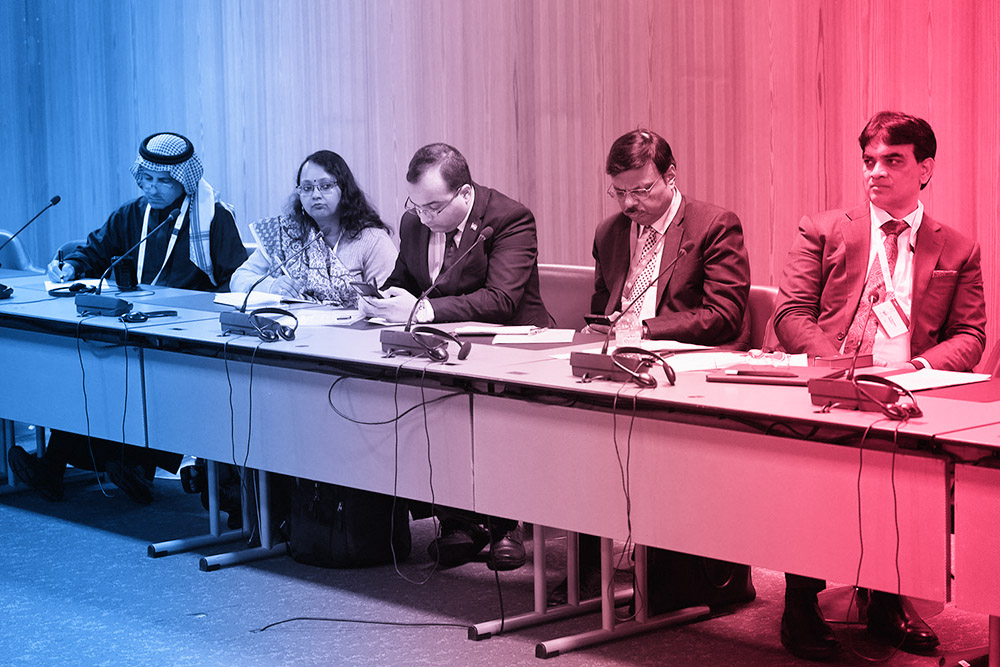GSI Report
December 31, 2000
Without first increasing public awareness of nuclear dangers, progress in eliminating them is unlikely. For several years, Senator Cranston and Jonathan Granoff have worked extensively with veteran Sixty Minutes II producer George Crile, whose documentary segments reflect expertise on and sensitivity to nuclear affairs. In the spring of 1999, Sixty Minutes II aired Crile’s segment, “The Hidden City,” which told the story of a secret Russian city which had produced plutonium throughout the Cold War, and was unable to stop without causing its citizens freeze to death in the Siberian winter. Meanwhile, security systems were weakening and the danger of plutonium theft increased. The segment aired several times throughout the year.
On February 9, 2000, Sixty Minutes II, hosted by reporter Dan Rather, aired Crile’s second segment, “The Missiliers,” which depicted the American and Russian soldiers who stand by, still ready to put Cold War plans into action by launching a massive strike against each other. This segment highlighted an interview with General Eugene Habiger, the then-recently retired Commander in Chief of STRATCOM, America’s nuclear arsenal. Gen. Habiger, a critic of NATO expansion, worked to build bridges between the American and Russian missiliers, a form of military diplomacy.
Gen. Habiger also debunked one of the most popularly-held misconceptions about nuclear weapons: that the military does not support reducing arsenals. He remarked, “We have reached the point where the senior military generals responsible for nuclear forces are advocating, more vocally, more vehemently, than our politicians, to get down to lower and lower weapons.”
Working with Senator Byron Dorgan and CBS, the GSI arranged for copies of the segment to be delivered to every Senator with a Dear Colleague letter from Senator Dorgan. Vin Ryan, a Boston businessman, had seen the segment and, with his daughter Cynthia Ryan, offered to underwrite the tape’s distribution to the House. The GSI secured a Dear Colleague letter from Congressman Ed Markey, who sent a copy of the tape to each Representative. Congressman Markey wrote to his colleagues, “The most dangerous nuclear threat to the United States continues to be the thousands of warheads on high-alert status in Russia. Reducing-even eliminating-that arsenal should be our primary arms control priority.”
Rehearsing Doomsday
Producer George Crile’s third nuclear arms documentary, “Rehearsing Doomsday,” was shown on CNN as an hour-long segment of the series “Democracy in America.” The October 15 broadcast, and three November 2000 international re-broadcasts, brought to light the dangers posed to humanity by nuclear weapons.
Rehearsing Doomsday provides an up-close and in-depth look at the nuclear forces of both Russia and the U.S.-the missiles in the silos, the soldiers in the bunkers, and the officers at the command posts. Interviews with retired American generals Lee Butler, Eugene Habinger and Chuck Horner outline the military’s growing reluctance to walk the tightrope over Armageddon, and startlingly frank talks with their counterparts in Moscow reveal identical feelings on the part of the Russian generals.
General Horner said, “The Commander of Strategic Forces and I would frequently sit and talk about the absurdity of having these large numbers of nuclear weapons… ‘Where are we headed? What are we doing? Is the Cold War over? If it’s over, why do we have these forces opposing each other in the field?'”
Also interviewed are Senator Bob Kerrey of Nebraska and Undersecretary of Defense for Policy Walter Slocombe. Senator Kerrey decries the current status of nuclear war plans, which are withheld from even high ranking Senators. Mr. Slocombe defends both current U.S. nuclear posture and the Cold War practice of keeping Senators uninformed, but Rehearsing Doomsday illustrates the dire need to re-think Cold War paradigms and planning. Mr. Crile’s years of research offer a wealth of facts that cast a heavy shadow of doubt over anachronistic U.S. nuclear policies.
With more than five hours of prime time attention, Crile’s documentary segments have been very successful. Discussions are underway to turn Crile’s nuclear documentaries into an ongoing network series. Opportunities are also emerging to rebroadcast the current film and any future films both in the U.S. and abroad. The attention that will be garnered by a series of internationally syndicated nuclear weapons documentaries is very appealing. For transcripts or copies contact GSI.
Jonathan Granoff is the President of the Global Security Institute, a representative to United Nations of the World Summits of Nobel Peace Laureates, a former Adjunct Professor of International Law at Widener University School of Law, and Senior Advisor to the Committee on National Security American Bar Association International Law Section.








